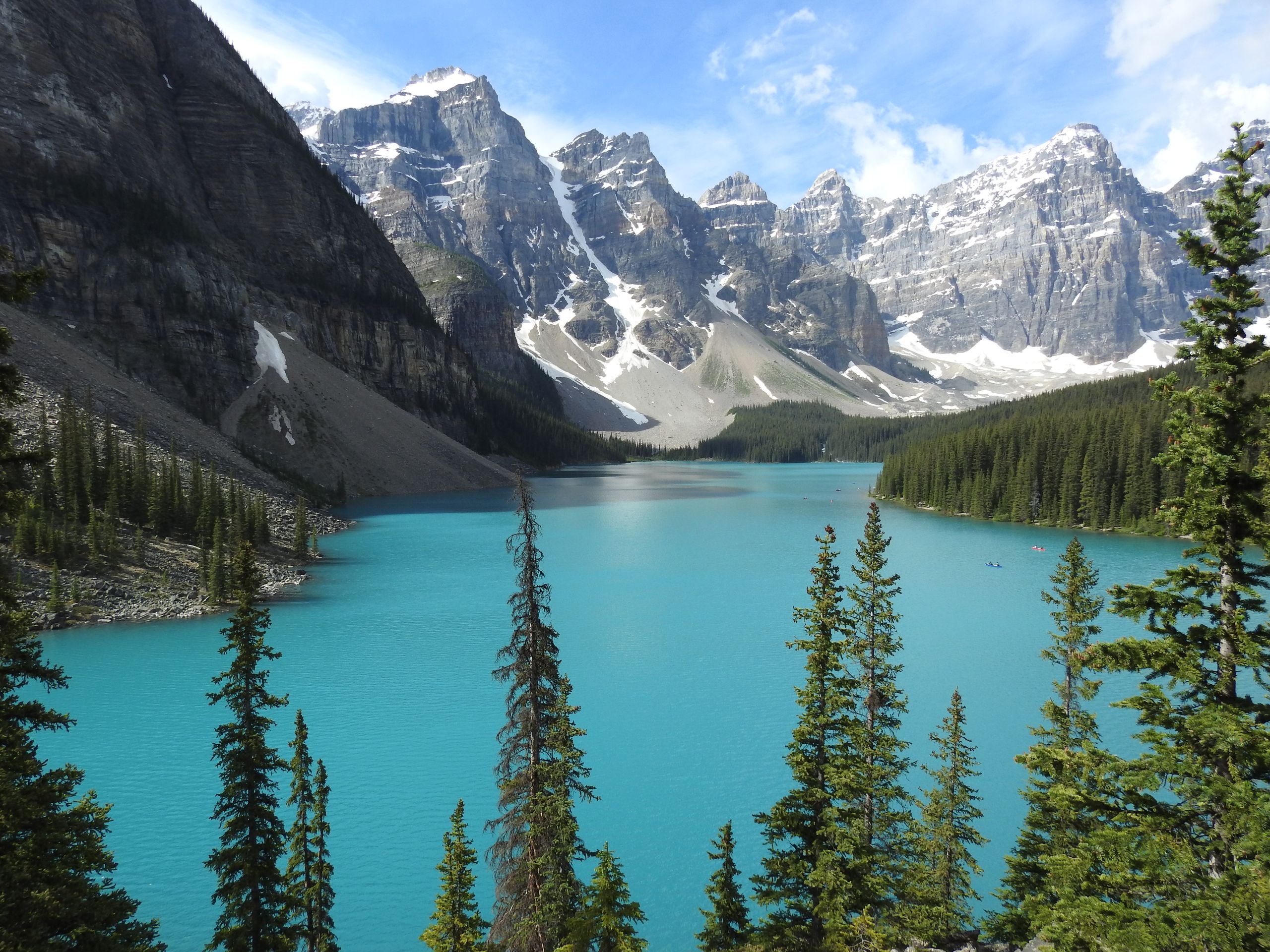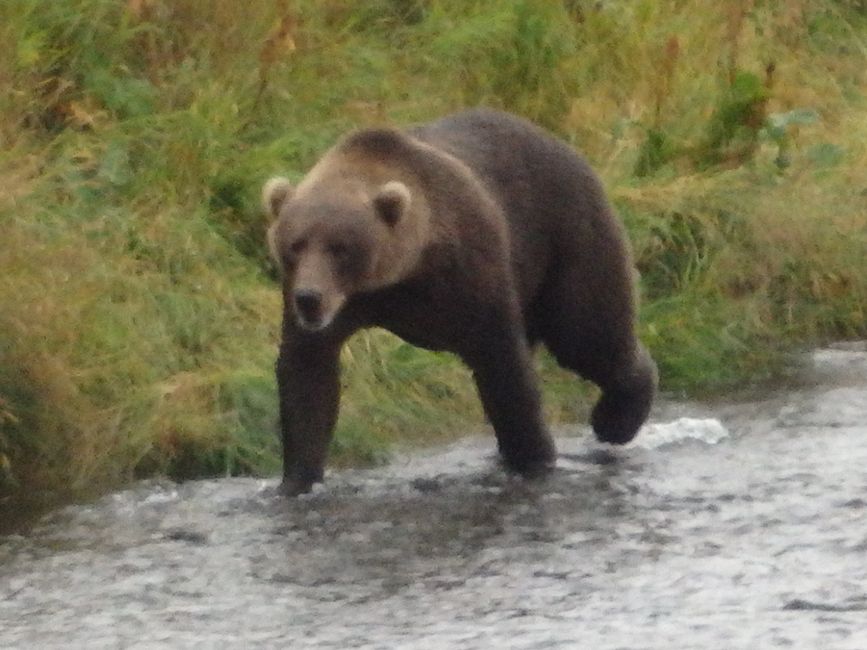BLOG 13 - Boat trip to Fort Selkirk
منتشر شده: 14.08.2022
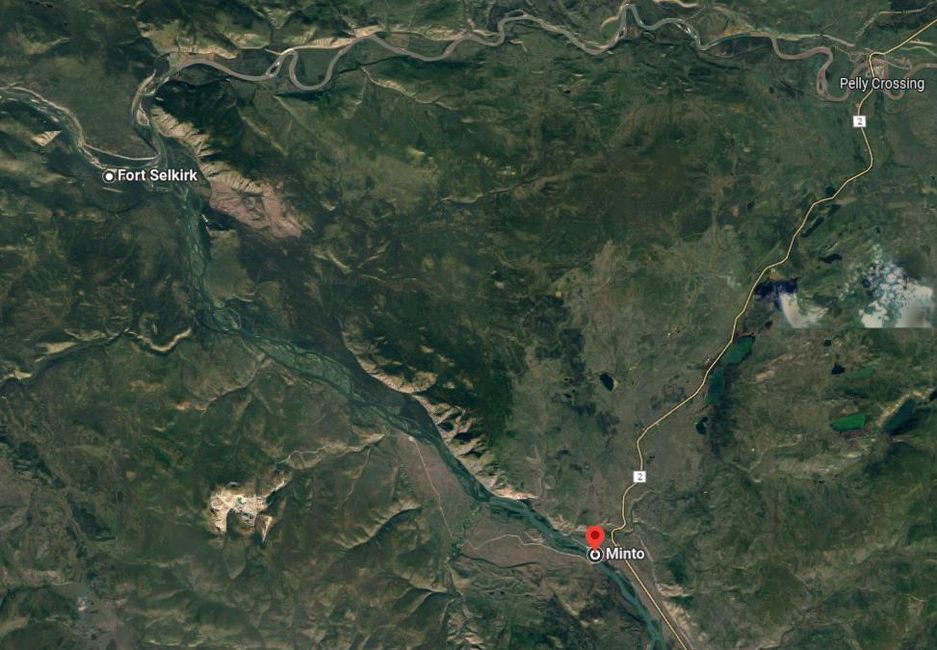
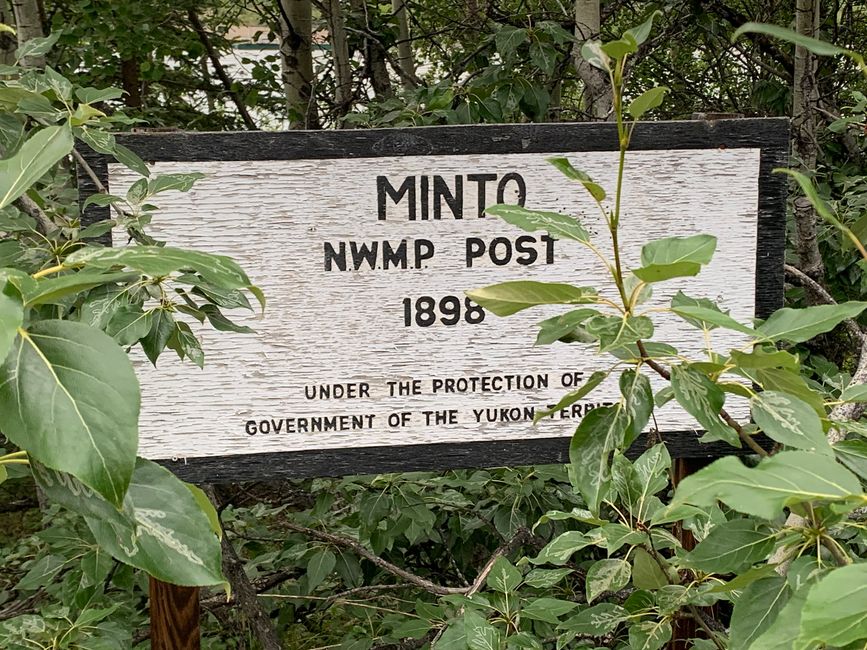
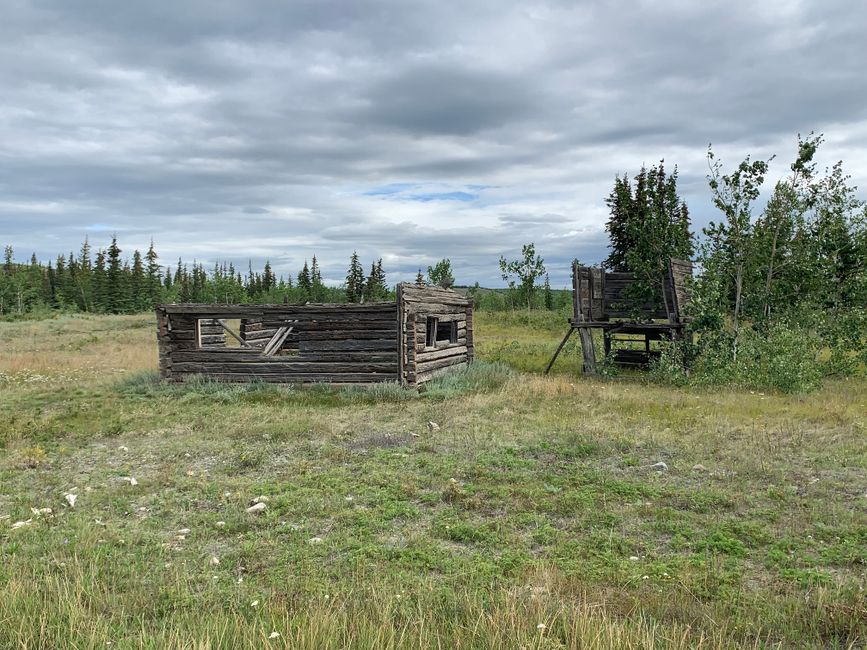
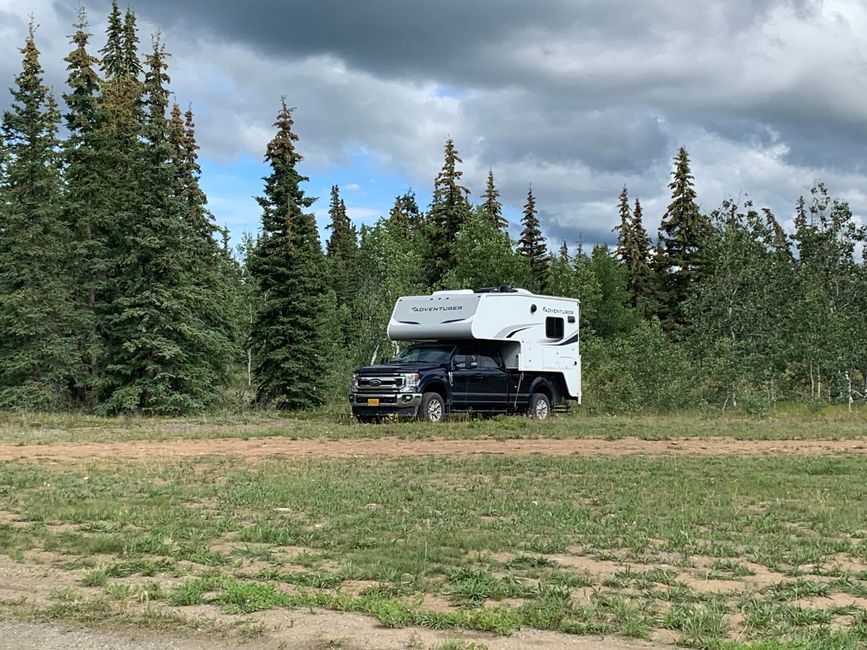
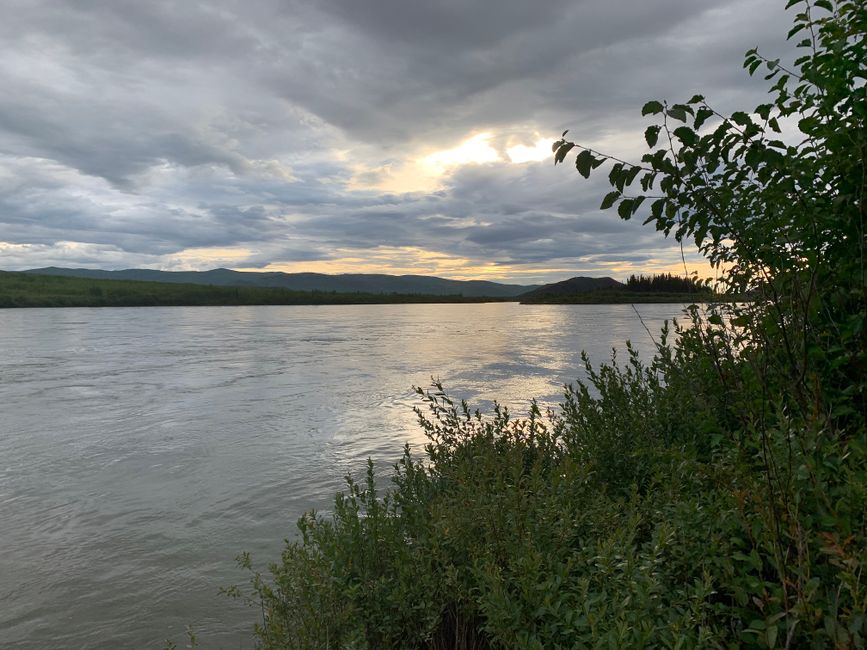
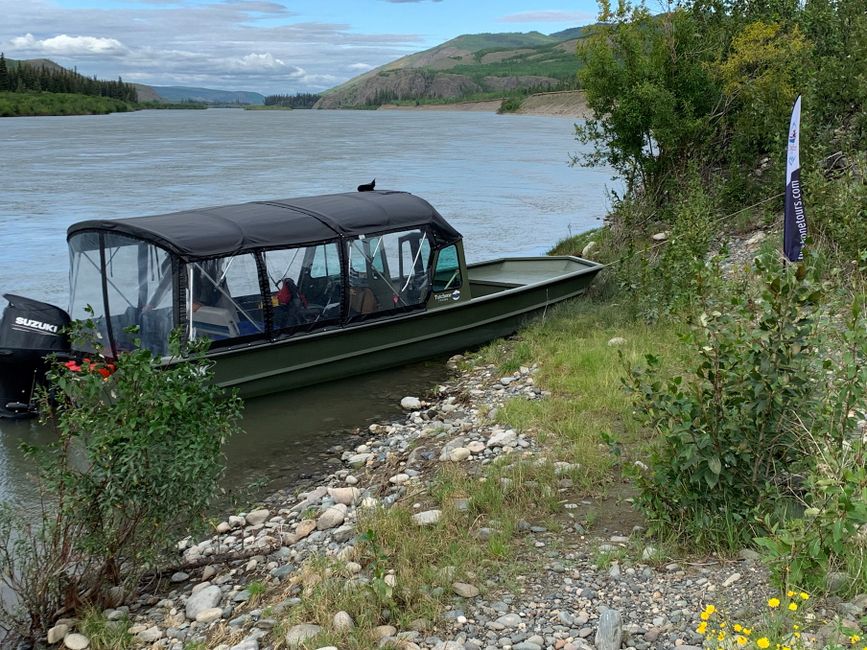
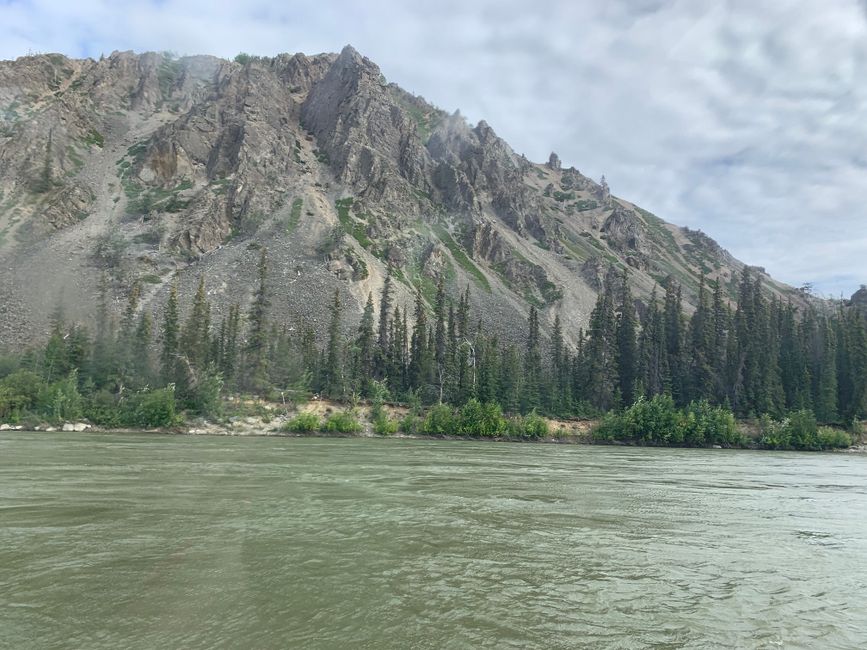
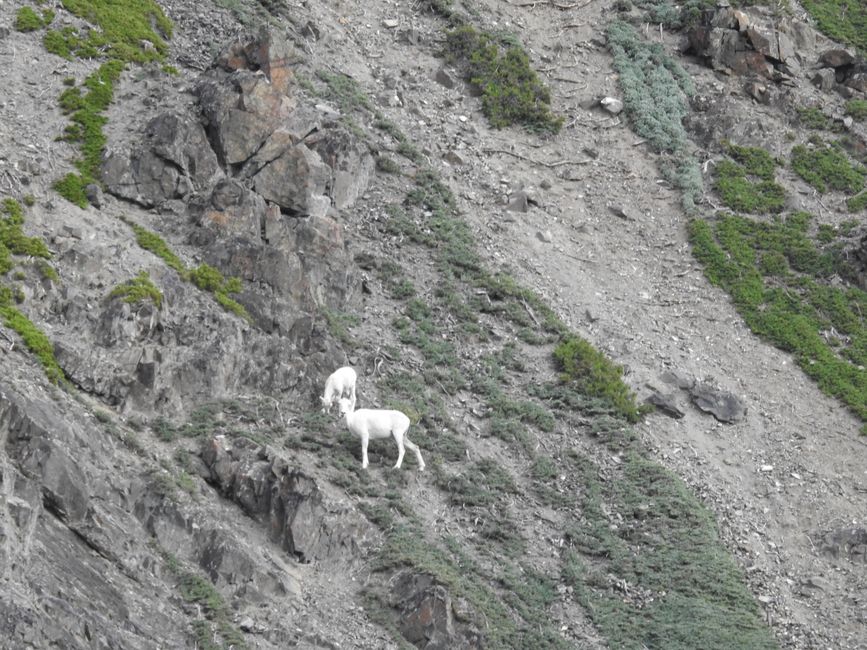
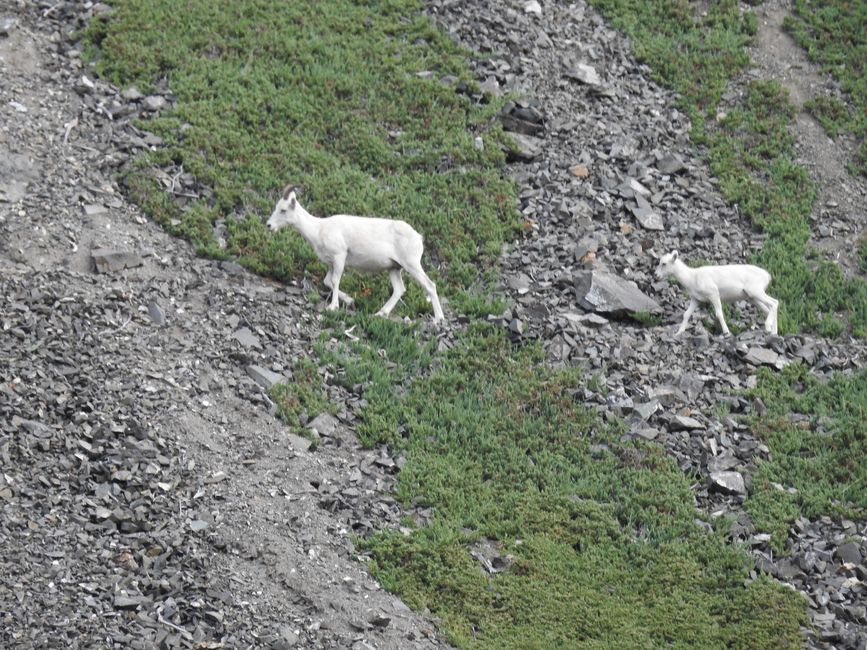
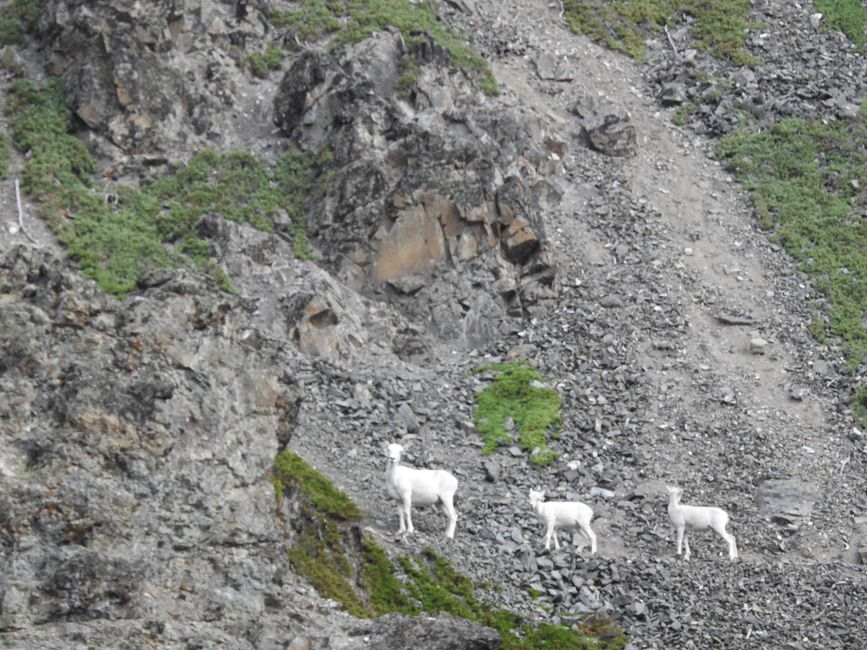
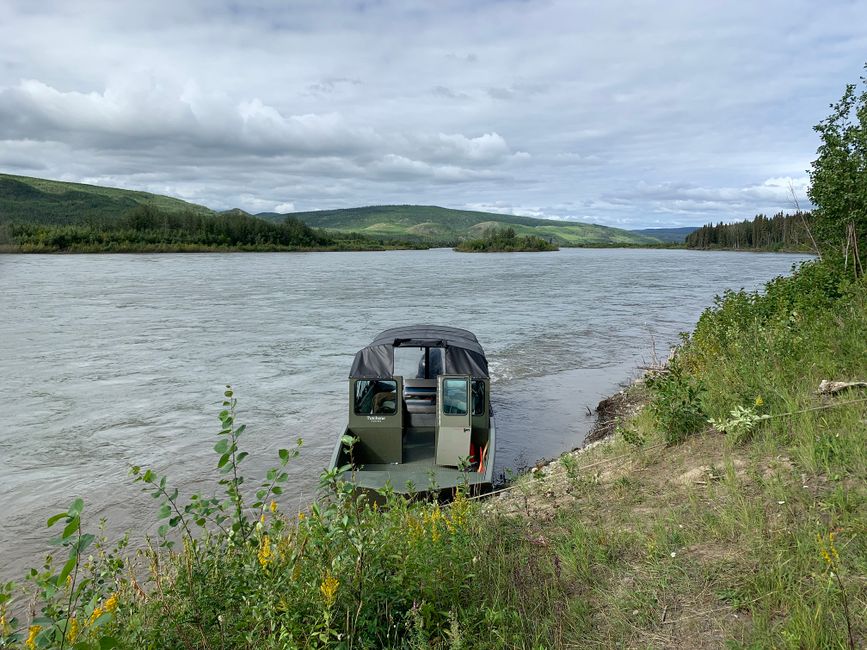
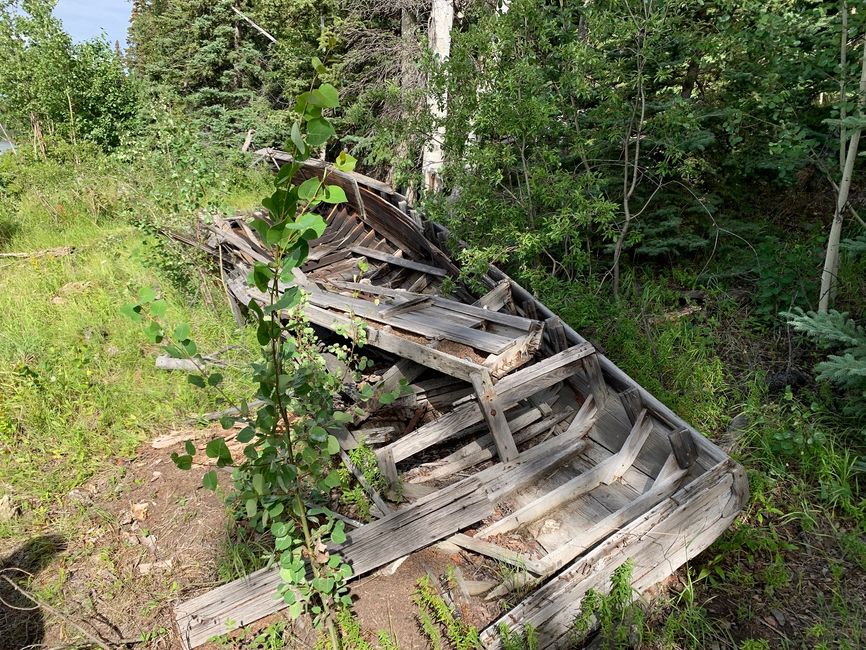
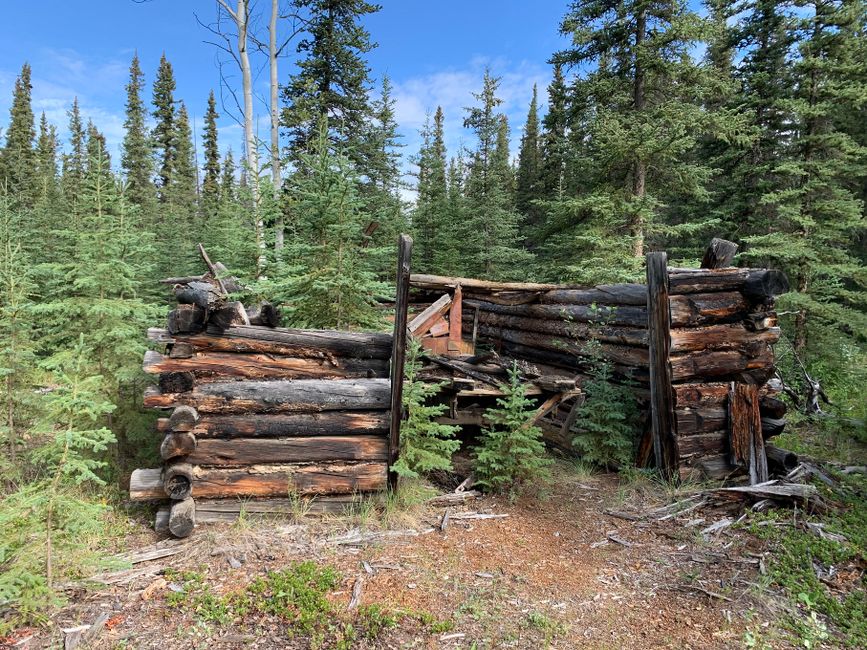
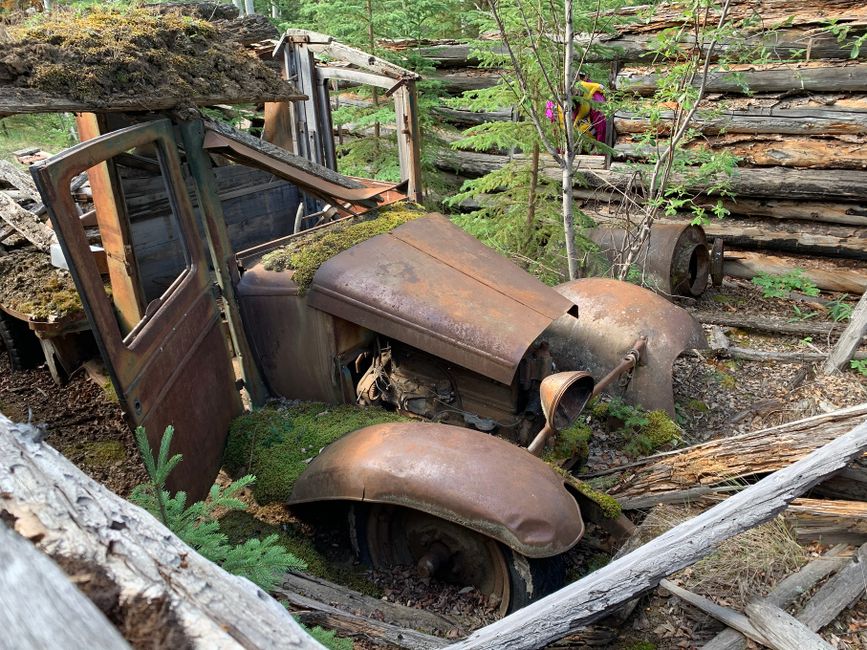
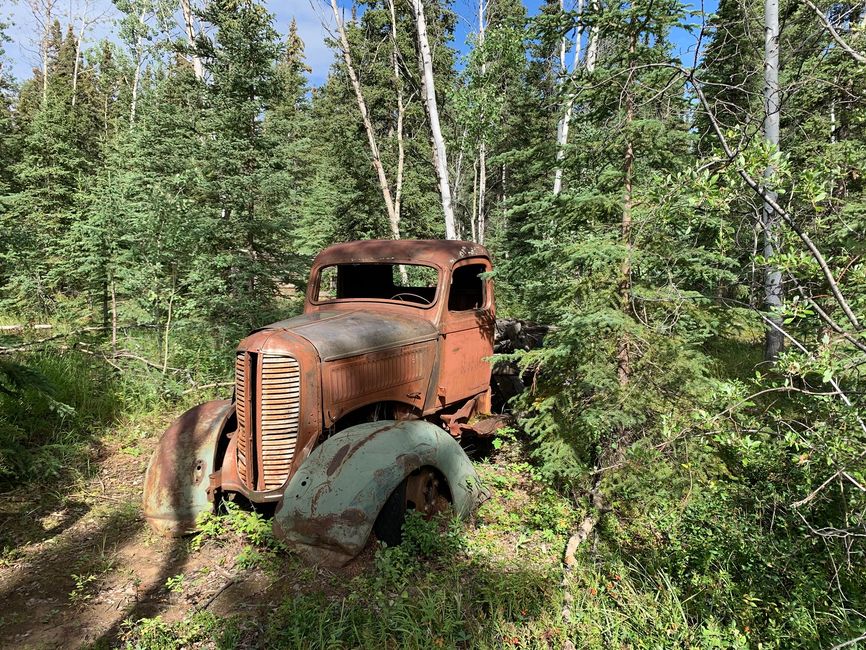
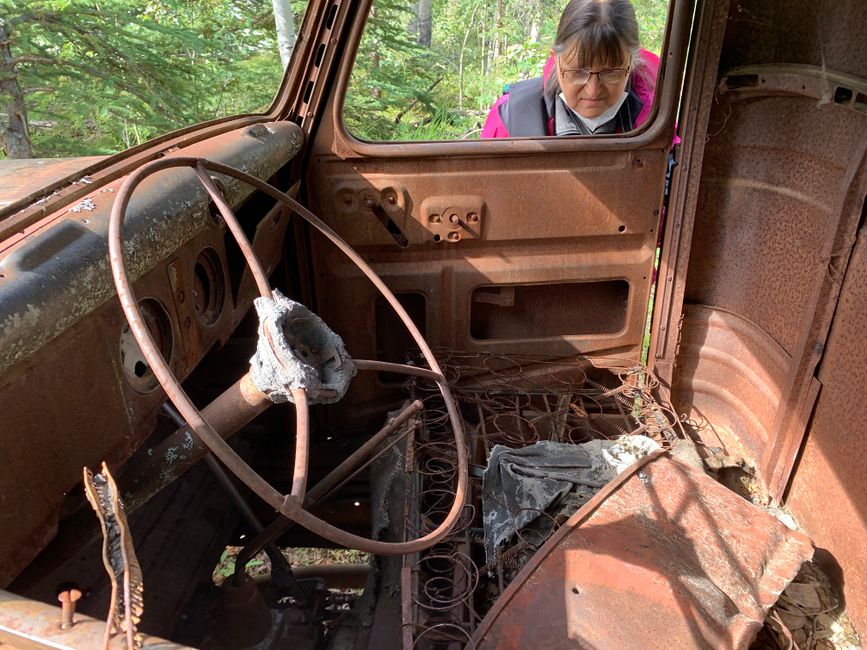
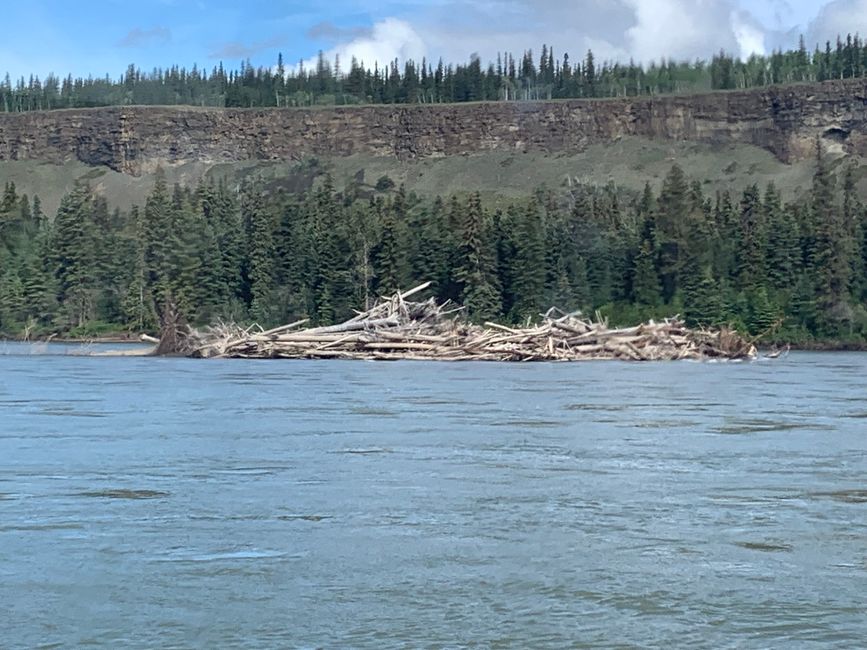
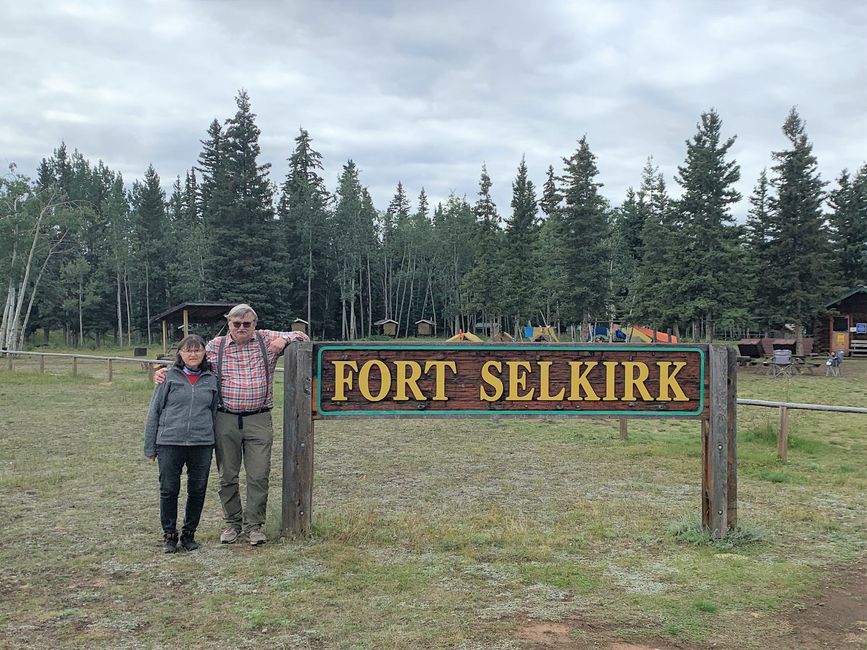
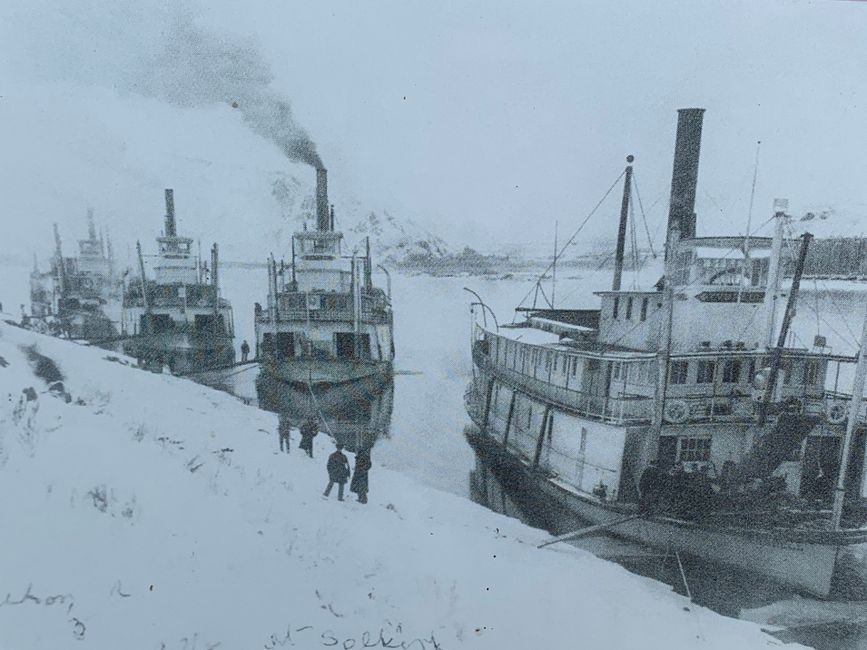
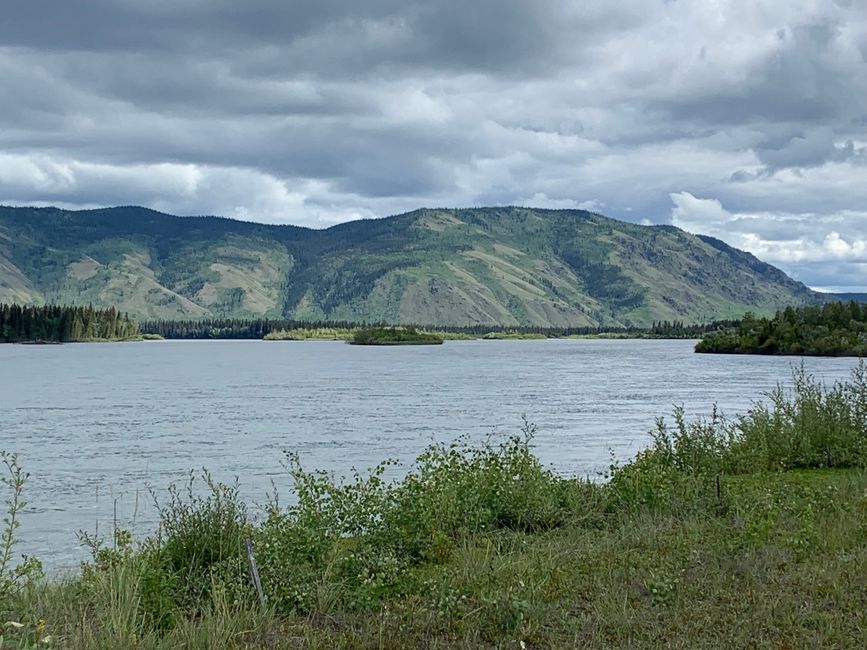
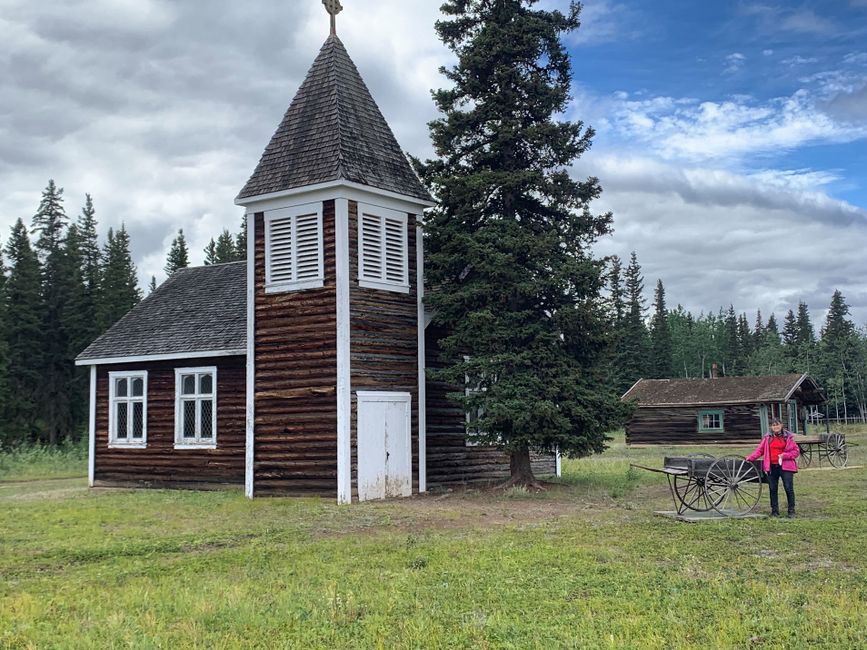
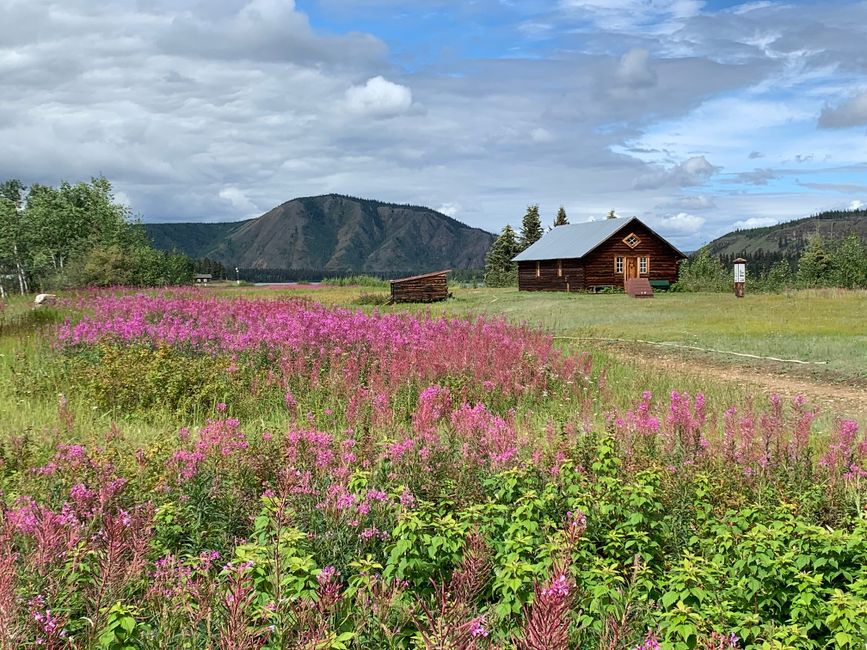
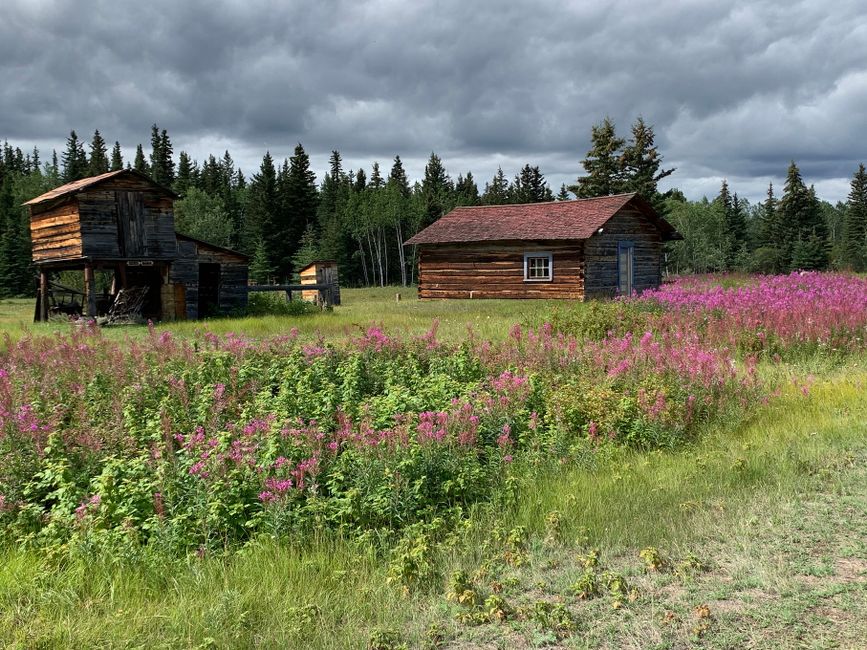
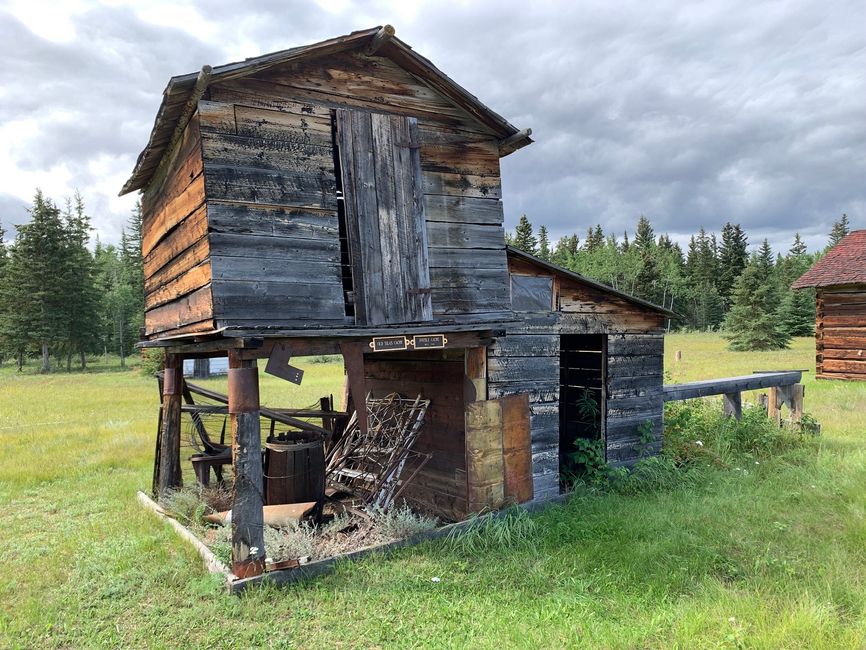
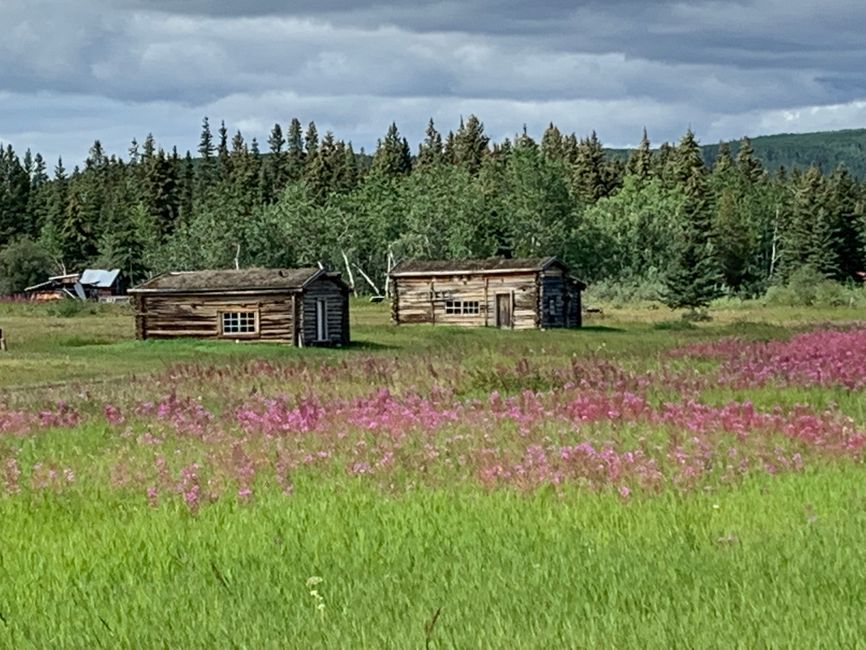
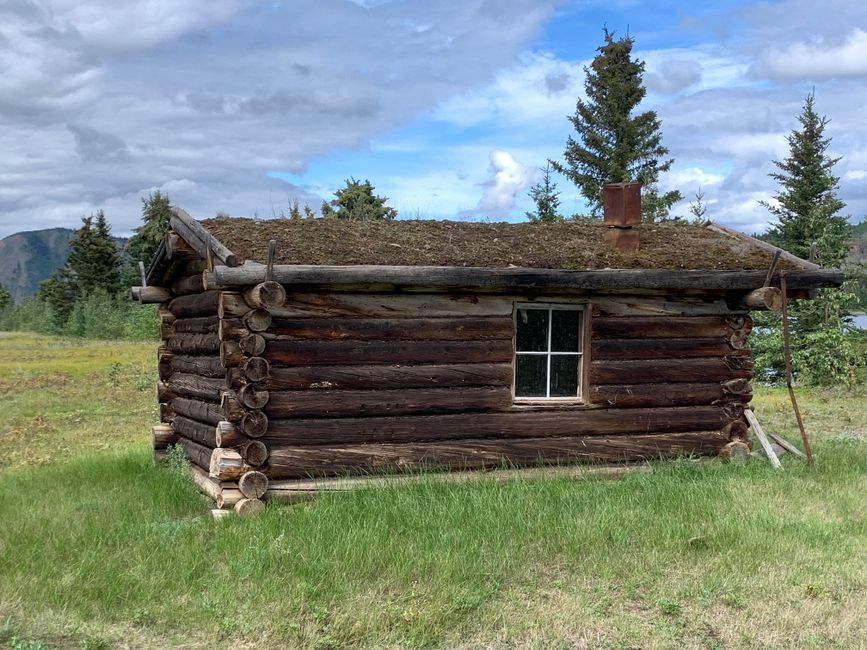
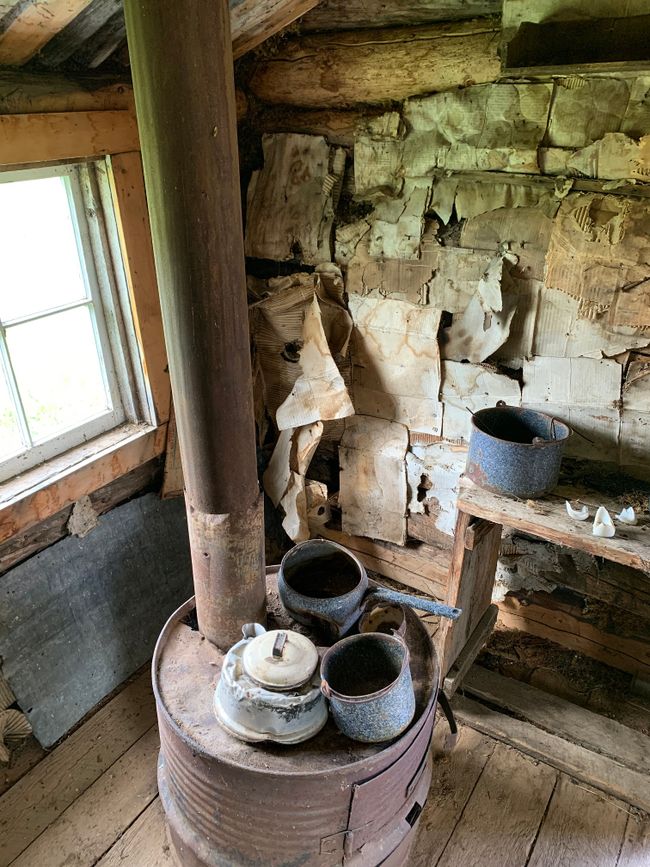
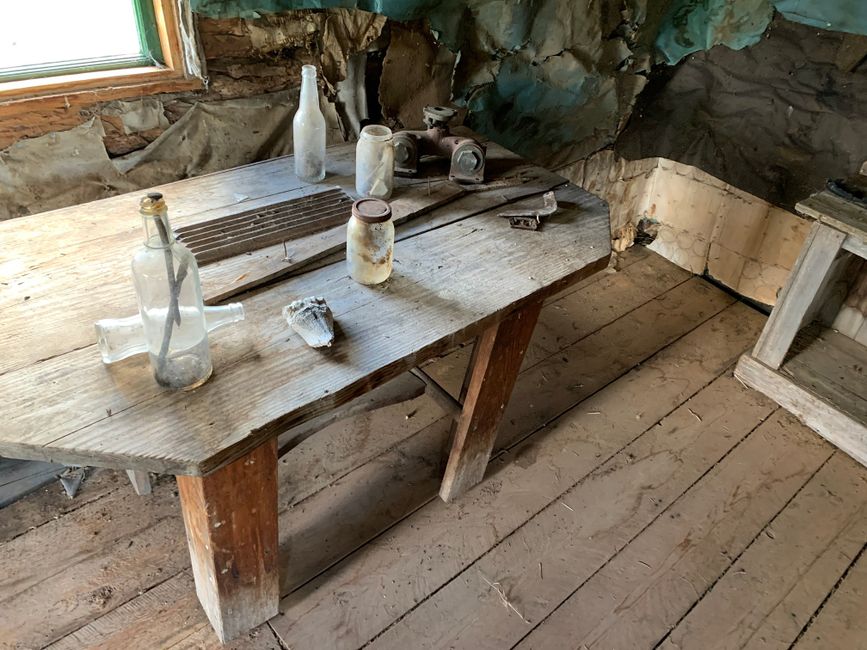
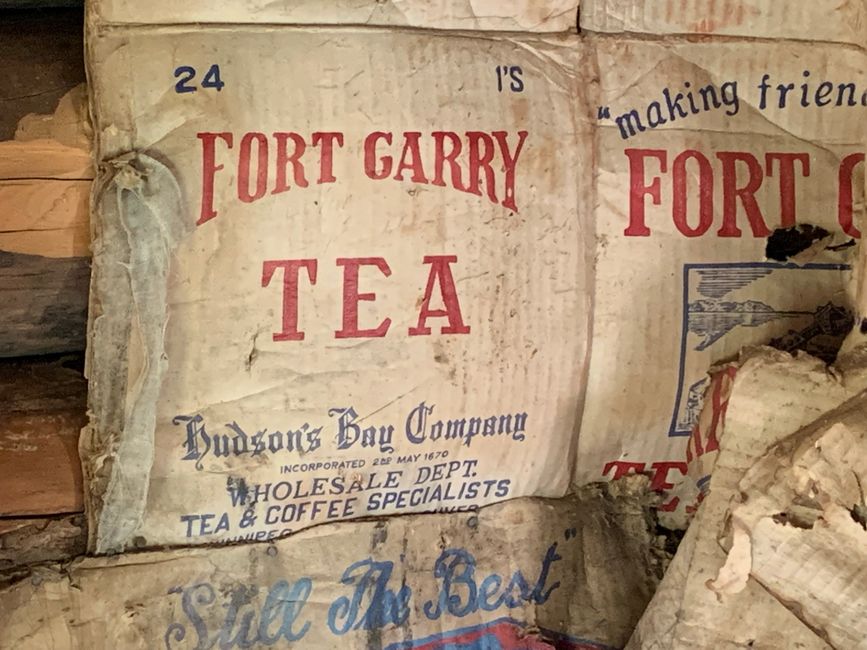
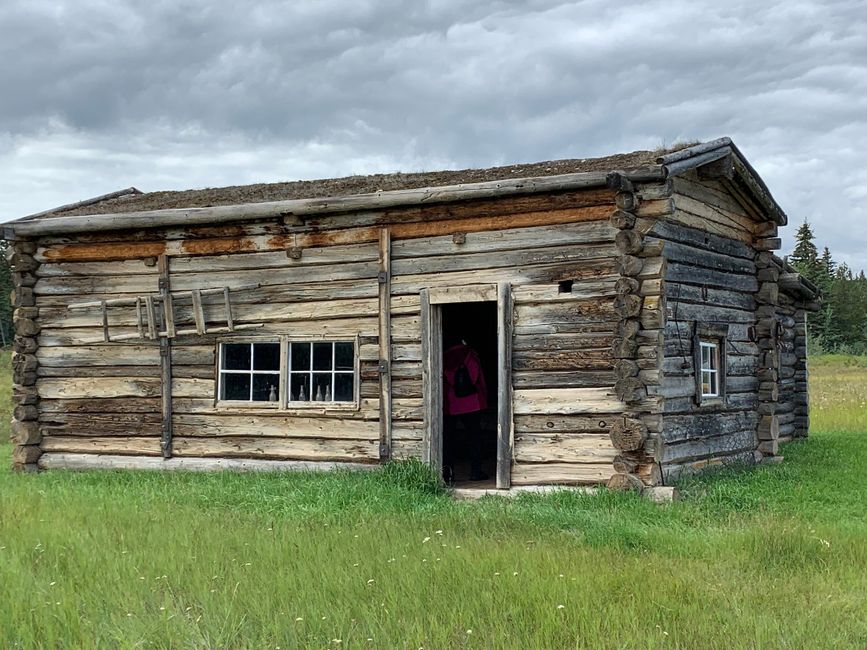
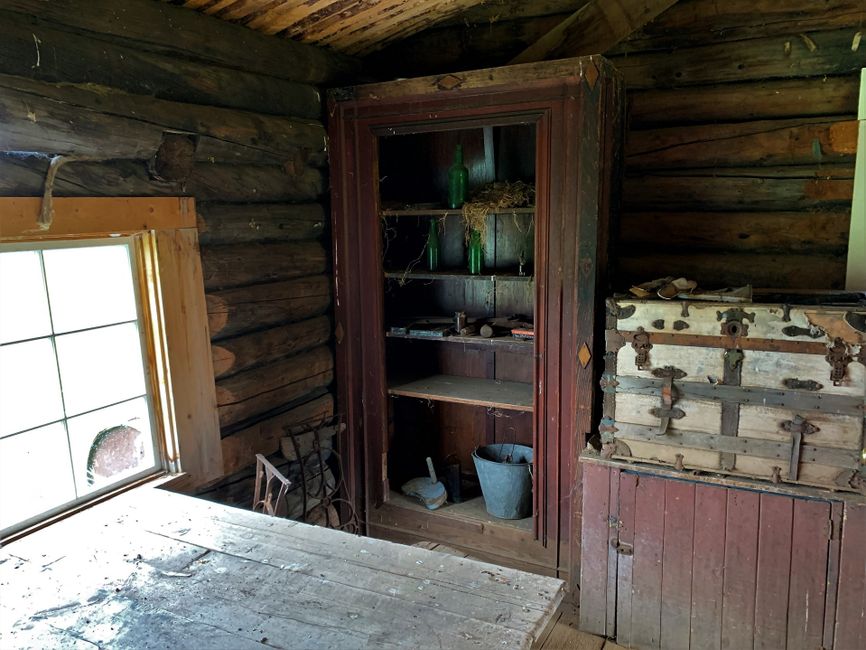
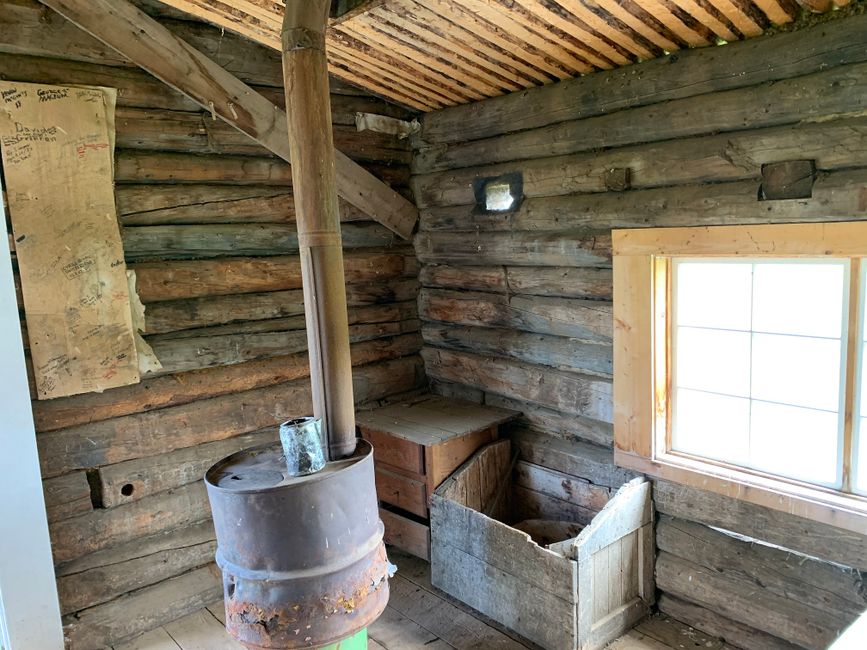
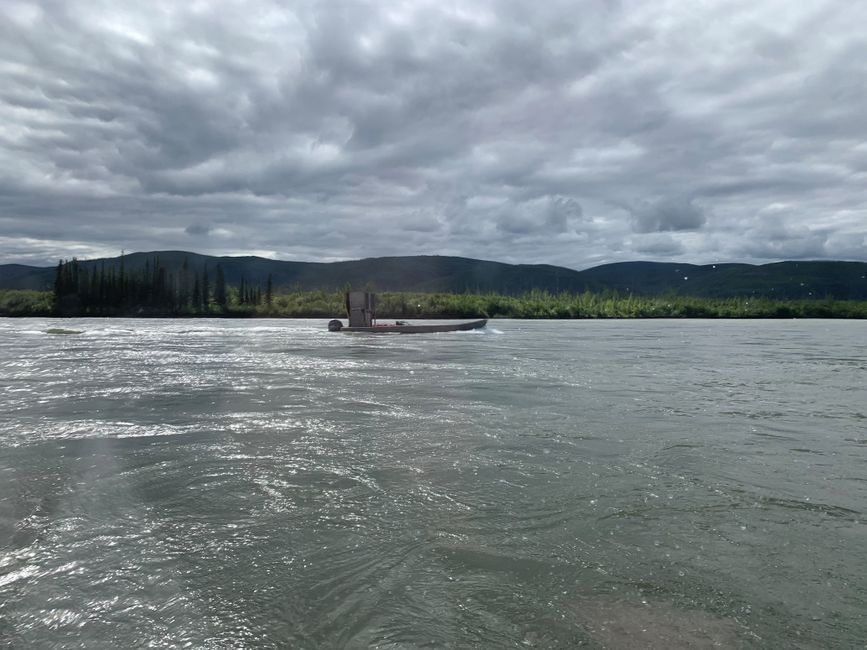
مشترک شدن در خبرنامه
Heading north on the Klondike Highway takes us to Minto - an abandoned post of the North-West Mounted Police (NWMP). The nearby campsite, like so much in the north, is temporarily or permanently closed due to the economic turmoil left by COVID. No problem in the Yukon, we find a nice spot right in Minto where we can camp undisturbed in our camper.
The next morning, we take a boat from "Tutchone Tours" - founded by a Northern Tutchone (Selkirk First Nation) businesswoman two years ago - previously there was only the possibility to get to Fort Selkirk by canoe or helicopter for over 20 years.
On the journey to Fort Selkirk, we can really observe some Dall sheep on Sheep Mountain. A short stop takes us to Blanchard's Woodcamp - formerly an important supply point for the steamships that needed huge amounts of wood for the steam boilers. The forests along the Yukon were logged up into the mountains during the approximately 50 years of ship operation. The Woodcamp even had a road connection via the - although actually not really passable - first Dawson Road.
I have largely taken the following text from the "Yukon Register of Historic Places".
Fort Selkirk is of central importance to the homeland of the Northern Tutchone and their cultural traditions such as hunting, trading, and travelling. This place has been a traditional gathering and harvesting place for thousands of years. Its importance as a meeting place and trading point between First Nations is evidenced by a network of traditional trails and archaeological artifacts. It is the first place where the Northern Tutchone encountered and hosted settlers from afar. The place was given its English name by Robert Campbell of the Hudson's Bay Company, who established a trading post here in 1848. Although it was already destroyed in 1852 by the warriors of the Chilkoot Indians, who feared for their previous trade monopoly with the Tutchones, the post marked the beginning of an era as a center of commerce and communication with the outside world in the Yukon. It remained a hub for land, river, and later air traffic until the middle of the 20th century.
A permanent community emerged in the early 1890s with the establishment of Arthur Harper's trading post and an Anglican Church mission. The community grew rapidly as thousands of gold prospectors moved to Dawson City during the Klondike Gold Rush in 1896. The strategic location of Fort Selkirk led to its use as a base for the Yukon Field Force and a post of the North-West Mounted Police in 1898 and its consideration as the first capital of the Yukon Territory. Throughout the first half of the 20th century, Fort Selkirk remained a stable, thriving community where two cultures lived, worked, played, and prayed together. Abandoned in the 1950s due to the construction of modern roads and the cessation of sternwheel traffic, members of the Selkirk First Nation and other Yukoners still consider it their ancestral home. The partnership between the Selkirk First Nation and the Yukon governments as co-owners and co-managers of the site exemplifies the enduring spirit of intense and cooperative care for Fort Selkirk.
Heading north on the Klondike Highway takes us to Minto - an abandoned post of the North-West Mounted Police (NWMP). The nearby campsite, like so much in the north, is temporarily or permanently closed due to the economic turmoil left by COVID. No problem in the Yukon, we find a nice spot right in Minto where we can camp undisturbed in our camper.
The next morning, we take a boat from "Tutchone Tours" - founded by a Northern Tutchone (Selkirk First Nation) businesswoman two years ago - previously there was only the possibility to get to Fort Selkirk by canoe or helicopter for over 20 years.
On the journey to Fort Selkirk, we really get to see some Dall mountain sheep on Sheep Mountain. A quick stop takes us to Blanchard's Woodcamp - formerly an important supply point for the steamships that required vast amounts of wood to fuel the steam boilers. The forests along the Yukon have been cleared far up into the mountains in the roughly 50 years of the ship's operation. Blanchard's Woodcamp even had a road connection via the first Dawson Road, which was actually not really passable.
I have largely taken the following text from the 'Yukon Register of Historic Places'.
Fort Selkirk is central to the homeland of the Northern Tutchone and their cultural traditions such as game harvesting, trade and travel. This place has been a traditional harvesting and gathering site for thousands of years. Its importance as a place for meeting and trading between First Nations is evidenced by a network of traditional trails and archaeological artifacts. It is the first place where the Northern Tutchone people encountered and hosted colonists from afar. The site was given its English name by Robert Campbell of the Hudson's Bay Company, who established a trading post here in 1848. Although already destroyed in 1852 by the warriors of the Chilkoot Indians, who feared for their previous trade monopoly with the Tutchones, the post signified the beginning of an era as a Yukon center of commerce and communication with the outside world. It continued as a hub of land, river and later, air transportation until the middle of the 20th century.
A permanent community evolved in the early1890s with the establishment of Arthur Harper's trading post and an Anglican Church mission. The community grew quickly as thousands of stampeders headed for Dawson City during the Klondike Gold Rush in 1896. The strategic location of Fort Selkirk led to its use as a base for the Yukon Field Force and a North-West Mounted Police post in 1898, and its consideration to be the first Capital of the Yukon Territory. Throughout the first half of the 20th century Fort Selkirk remained a stable, thriving community where two cultures lived, worked, played and prayed together. Abandoned in the 1950s due to the construction of modern roads and the end of sternwheeler traffic, members of the Selkirk First Nation and other Yukoners continue to think of it as their ancestral home.
The partnership between the Selkirk First Nation and Yukon governments as co-owners and co-managers of the site illustrates the continuing spirit of deep and cooperative care for Fort Selkirk.
مشترک شدن در خبرنامه
پاسخ
